It had been raining ash and burnt leaves here for so long it almost felt normal. But when dead birds started dropping from the sky, dread set in.
I have been shocked by bushfires before.
As a terrified boy in the ’70s I couldn’t believe gum trees detonated like wooden bombs as flames crackled near my home in Sydney. As an adult I did a genuine double-take while reporting on the 2003 Canberra bushfires. That inferno melted solid brass garden taps into drooping, Daliesque monuments to a heat so intense it liquefied the alloy in cars.
A few years later I was on Victoria’s catastrophic Black Saturday fire-grounds where 173 men, women and children met an unspeakable end. That time I wasn’t so much stunned by the fire’s colossal scarring of bush and buildings, but by the emotional wounds it left on survivors — especially the kids.
Yes, having reported on half a dozen such disasters, I figured I’d just about seen it all when it came to the damage bushfires can wreak. I was wrong.
The current, months-long national bushfire crisis has rampaged on a scale so immense it has an undeniably apocalyptic feeling. For a rich, developed nation it’s been unnerving to realise that a few hits in the wrong place can cause the way of life we take for granted to begin to topple.
In the course of just half a summer many of the nation’s holiday havens have been transformed into dangerous, alien-looking landscapes where thousands became refugees in their own backyards, queueing desperately for food and fuel as their towns and houses burned.

While horrific in their own right, previous fire emergencies passed by relatively quickly. The rains fell, the threat abated and the counting of costs began. Not so in this uneasy new climate of crippling drought, water shortages and record heat. Now we live in the ghastly new age of the ‘mega fire’.
By now we all know the appalling figures: 27 Australians are dead, upwards of 2,500 homes and buildings have been levelled and a staggering 10 million hectares of Australian bushland has been reduced to ash and stumps. Billions – billions– of native animals, birds and insects have died, including, it’s believed, 30 per cent of the NSW koala population.
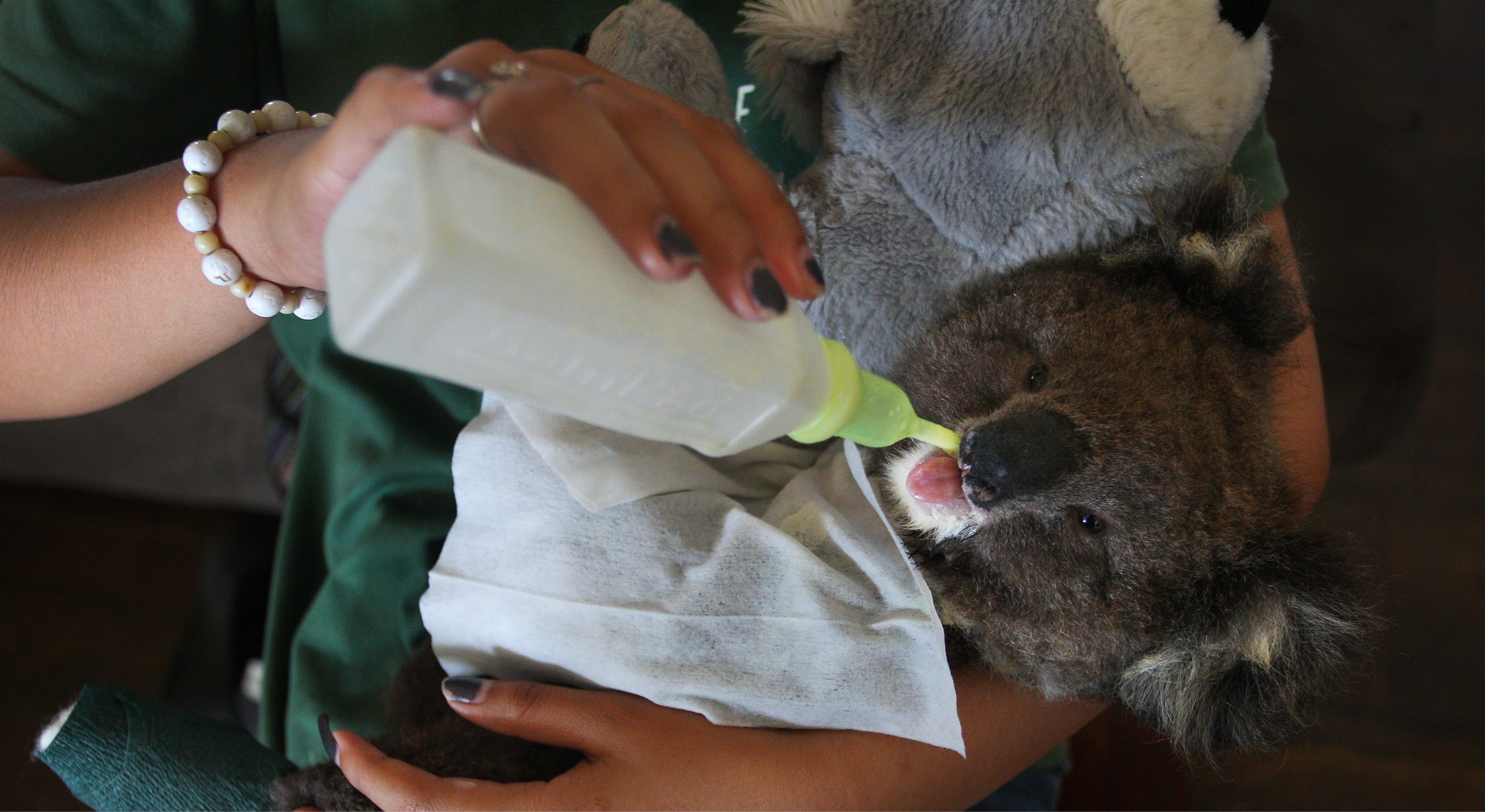
This spectre has been with us for so long now it’s hard to remember when and where the slide into a dystopian-feeling new decade began. In my little corner of the country — the usually idyllic NSW South Coast — things grew scary in November when early signs of the looming disaster were as depressing as they were alarming.
Billions of burnt leaves from fires further south had blown into the Tasman Sea, staining every beach with sooty, zigzagging tide lines that resembled charcoal electrocardiograms of a gravely ill planet. Two months on, this great flotsam of ash is shin-deep in places.
At Christmas, holidaying swimmers dived half-heartedly under black-speckled waves only to re-emerge with their faces encrusted in burnt bits of distant forests. By then the choking smoke had descended (it still hasn’t lifted). Then flames arrived.
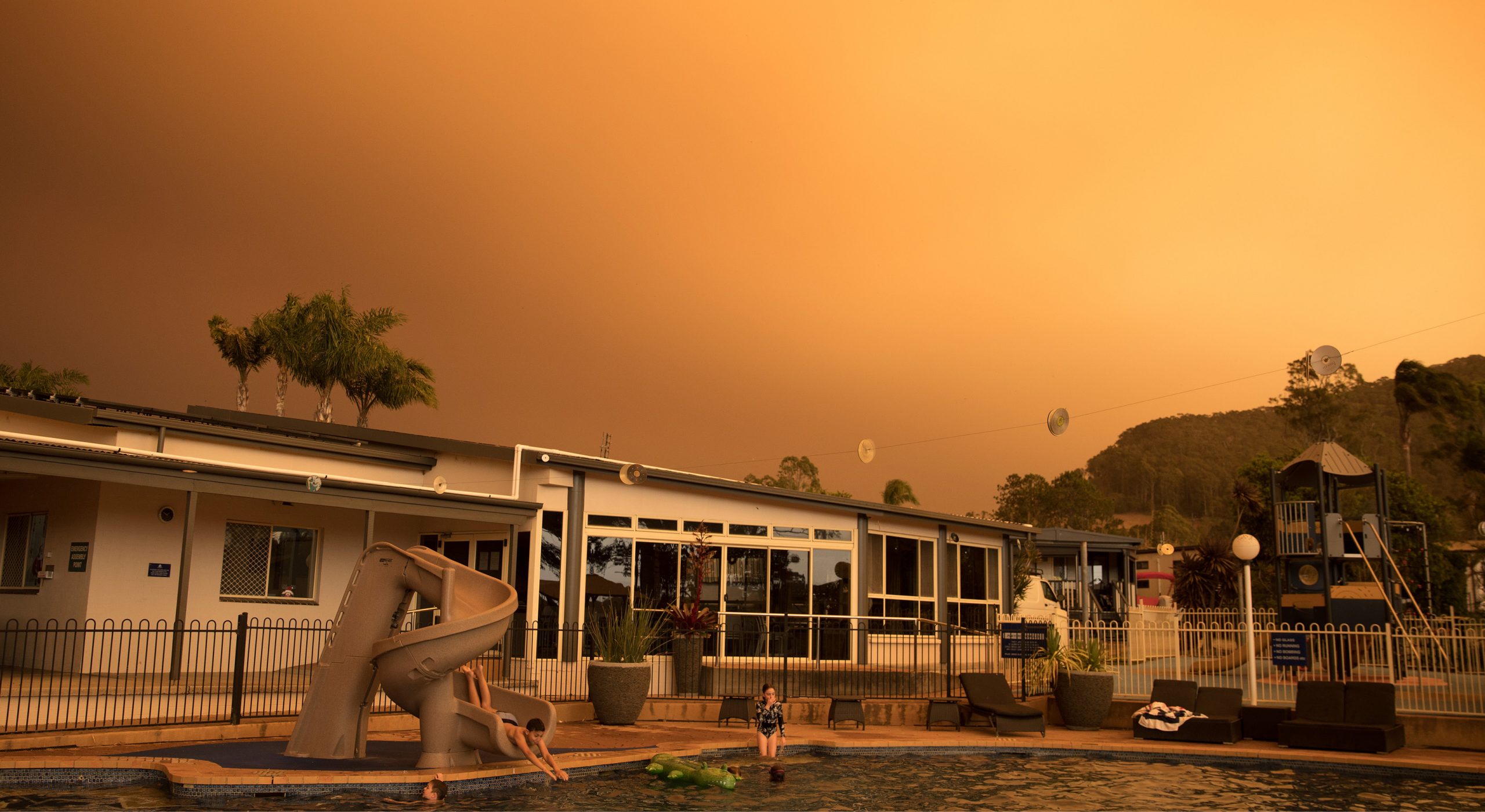
On New Year’s Eve my family watched with dread as billowing plumes spewed skyward just few a kilometres away. It was the gaseous remains of 89 homes ascending into oblivion from the doomed nearby neighbourhood of Conjola Park. Three people died there that day. Just up the road.
A few days later, as I urgently plugged my own gutters and filled them with water ahead of a dangerous wind shift, a friend further down the coast regaled me with an anecdote from his forlorn attempt at a smoky early morning surf:
‘I was sitting out there when this bird weakly fluttered past,‘ he told me flatly. ‘The next thing I knew it just dropped into the water beside me. So we’re low on water, the power’s still out and now dead birds are falling from the sky.’
As Old Testament as it sounded I didn’t doubt him. I’d counted plenty of birds decaying in the blackening sand on the two occasions these holidays I dared to take my little girls out into the filthy morning air for a swim. At Mallacoota in Victoria locals counted at least 100 rotting birds on one 500m stretch of beach. You have to wonder, if the smoke is choking birds to death what is it doing to us?
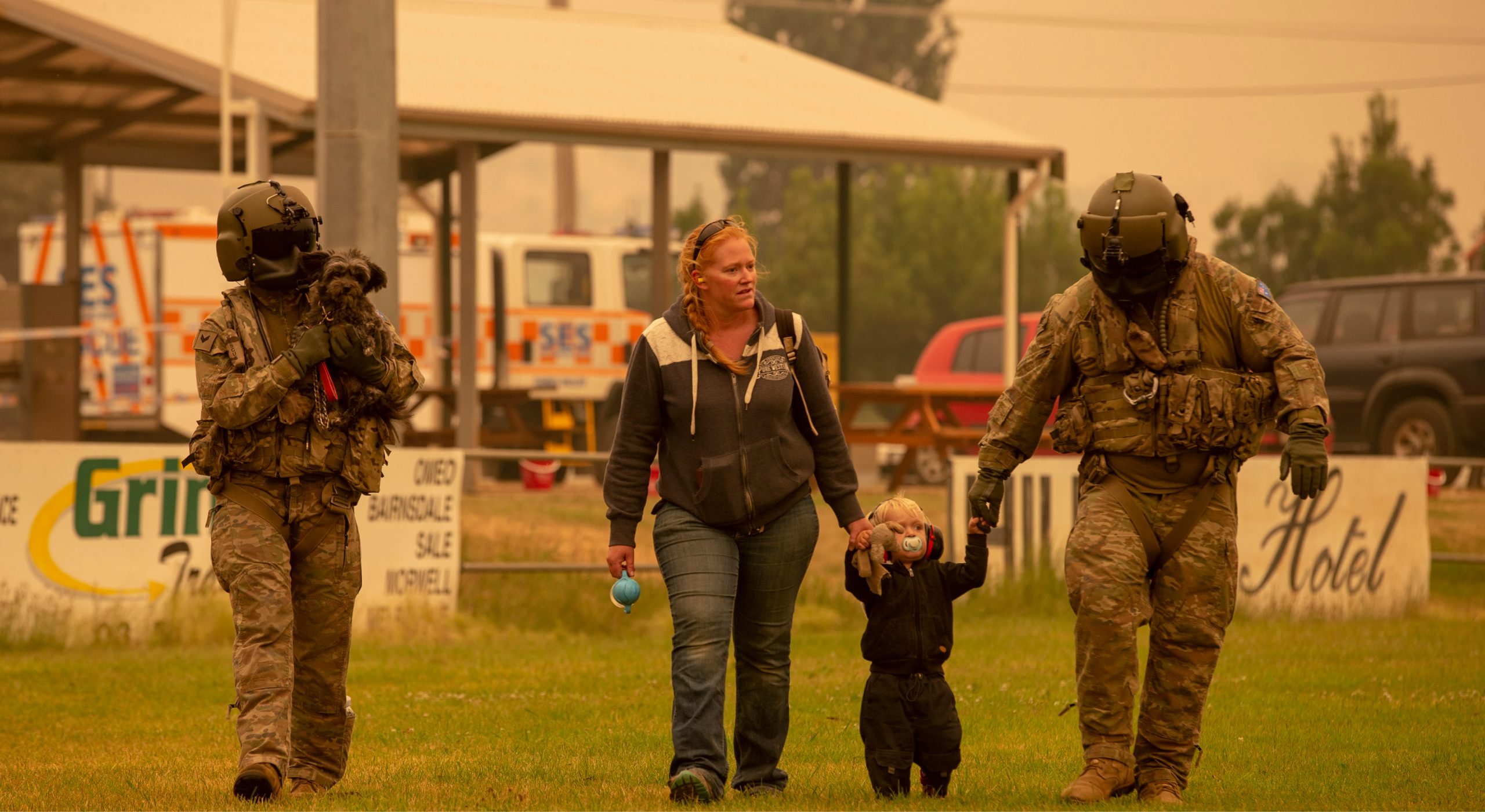
Ecosystems have been destroyed and species’ displaced. I drove a 200km stretch of the South Coast late on New Year’s Day and witnessed endless clouds of bats twisting in the dirty looking dusk, seemingly confused and in search of food.
Although my own suburb was spared through nothing but sheer luck we felt the knock-on consequences of nearby devastation. The region’s only supply lines were cut by blocked and blackened highways, we lost power and communications (these are still out in many locations), and interruptions to sewage treatment triggered dire warnings not to swim at my local beach.
With no electricity, virtually all shops and services ceased to function along vast tracts of the South Coast for a time. Petrol pumps were dormant, doors couldn’t open, ATMs didn’t work and refrigerators thawed. Suddenly reliable food supply became a real issue for people. It definitely made me wonder what I’d do if it continued … or got worse.
In scenes reminiscent of a Hollywood disaster film, tens of thousands of tourists were ordered to leave the South Coast as yet more fires erupted in the first week of 2020. Fearful families complied but new outbreaks, and fallen trees and power lines, severed the highways, causing 20km traffic jams that morphed into conga lines of desperate impromptu campers.
For weeks the grimy air was crowded with the thump of helicopter blades and the shriek of low-flying water bombing planes. Royal Australian Navy ships — dispatched to evacuate people cowering on fire-ringed beaches in eastern Victoria — slid purposefully past a once sleepy coastline more used to hosting sailboats, migrating humpbacks and surfers.
For weeks the grimy air was crowded with the thump of helicopter blades and the shriek of water bombing planes.
None of it is normal and people everywhere made the same nervous observations:
‘So now we know what it’s like to be caught in a real disaster.’
‘Can you believe what’s happening?’
‘Never seen anything like it.’
‘It feels like the end of the world.’
At times it really has — a sobering new experience for me and many Australians. We have long told ourselves we are the Lucky Country; girt by sea, far from the world’s troubles and blessed with riches. Refugees in need of evacuation, smashed infrastructure, threats to supply lines, people wearing gas masks in cities, world record high temperatures — these scenes play out on TV in other countries, not here. Not until now.
Children perhaps felt it more keenly than most. They know two months of choking smoke is not normal. They can see fear and tension in their parents’ faces. They’ve lived through the worst of it or heard the dispatches about death and destruction on their doorstep.
I’m sure my own young daughters aren’t the only kids who’ve asked their parents lately, ‘Is our house going to burn down?’ or blurted out: ‘I don’t want to die.’
What I’d give for them only to have to fret about the sound of a few exploding gum trees, the way I’d done when I was little. But that age of innocence has well and truly passed. Now the only question is ‘What will we do next?’




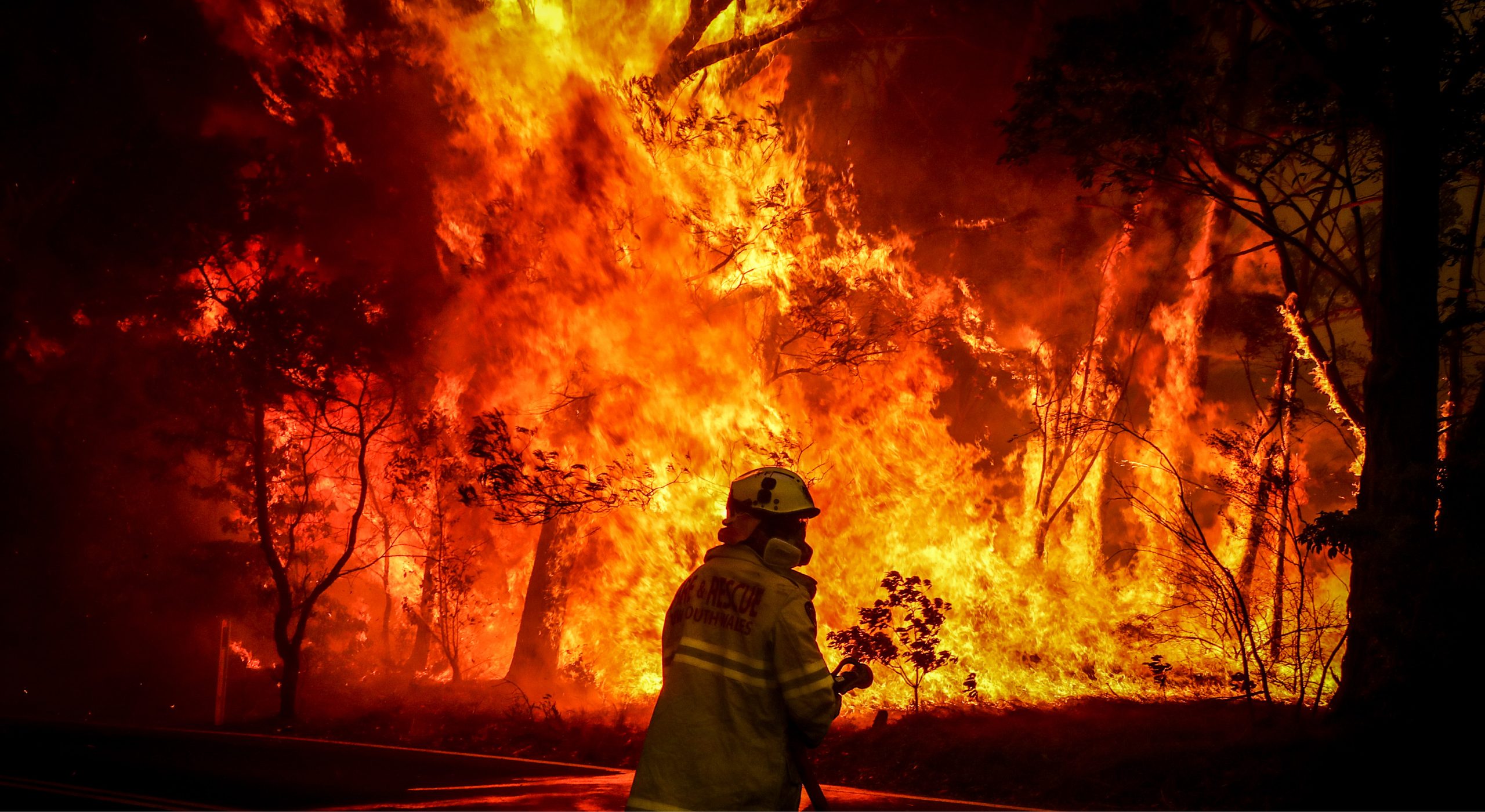

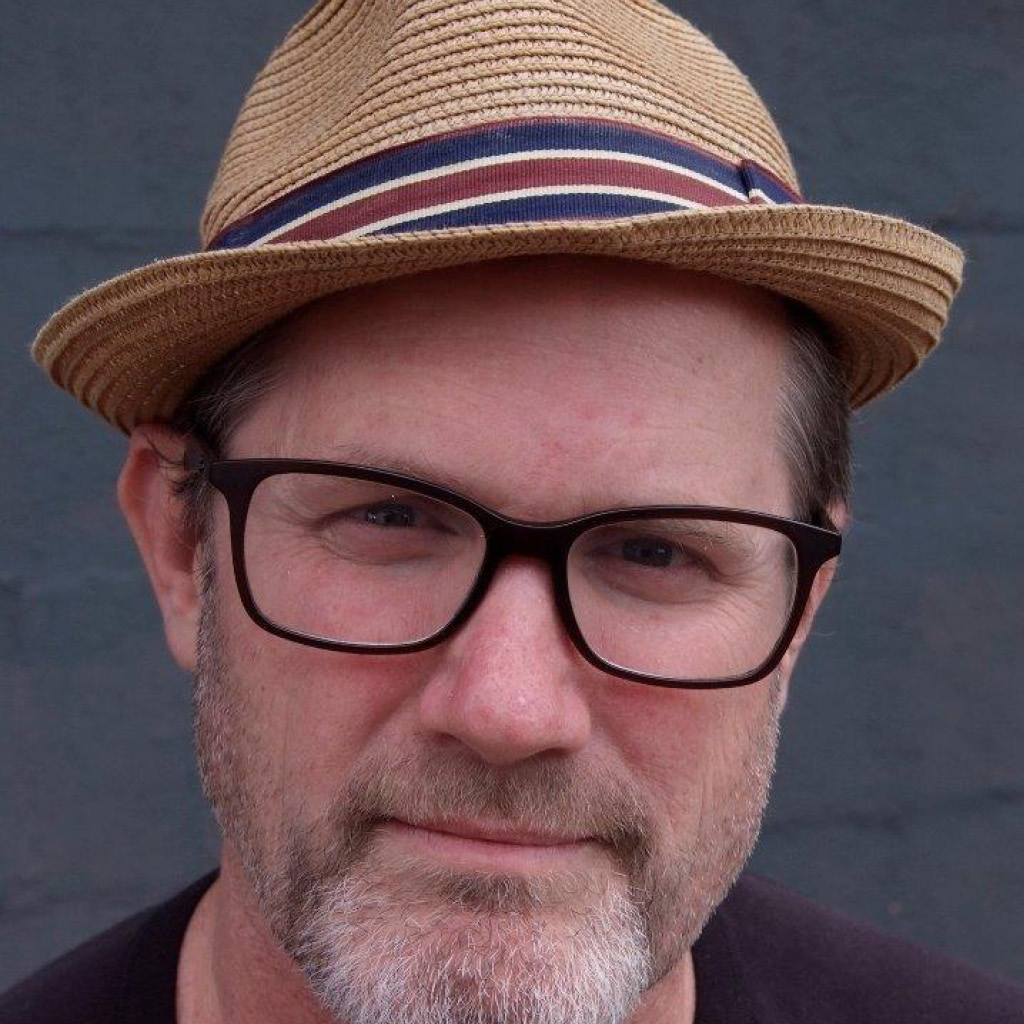
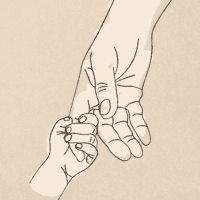

2 Comments